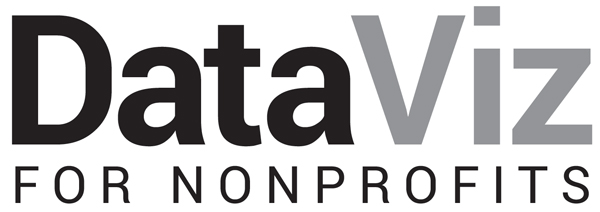Nonprofits avoid data for any number of understandable reasons, including:
Data animus. Many nonprofit staff members possess expertise in environmental issues, the arts, health, or education but not data analysis. Some suffer from data aversion. They admit — or sometimes proudly proclaim — that they are not “numbers people.”
Time. Nonprofit staffers do not have time for data analysis. They are struggling to stay afloat, to submit the next proposal, to sustain their programs, to address the huge and varied needs of their clientele, to cultivate donors. As a result, digging through data is almost always a back-burner item.
Fear. Some worry about what their data might reveal. They fear they won’t be able to control the narrative, that the data will be taken out of context, or that funders will withdraw their support based on the data.
“Dirty” data. Many nonprofits have entry-level staff or multiple staff entering data into management information systems or spreadsheets. The result can be “dirty” data — data with a troubling level of inaccuracy because it has not been entered correctly and/or consistently.
Wrong data. While many nonprofits have data on their financials and clients, they often lack data that demonstrates theimpact of their programs. A tutoring program may not track students’ school grades or test scores. An employment program may lack data on program graduates’ wages over time.
Disconnected data. Rather than maintaining a central management information system, small nonprofits often store their data in separate Excel spreadsheets.
See other data tips in this series for how to overcome barriers to data use.
Image Source: smejoinup.com
(This data tip originally appeared on Philanthropy News Digest’s PHILANTOPIC blog.)


